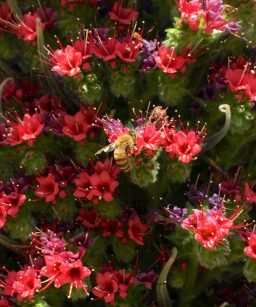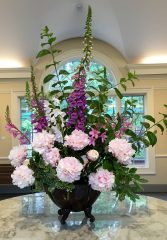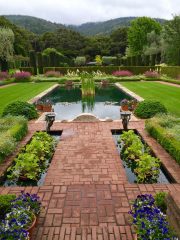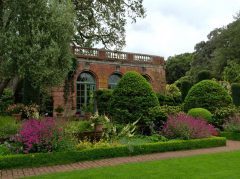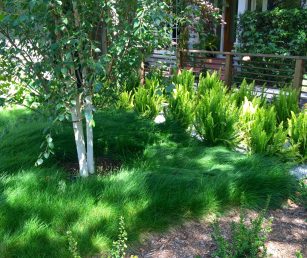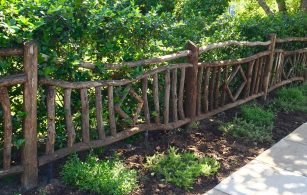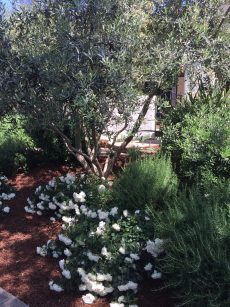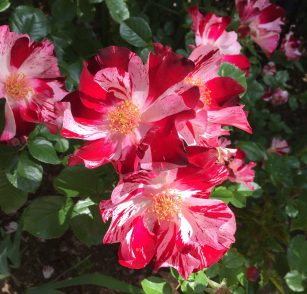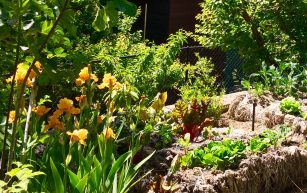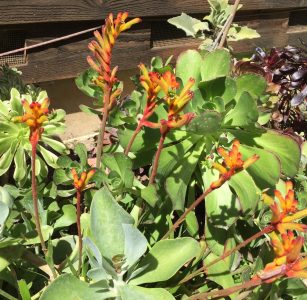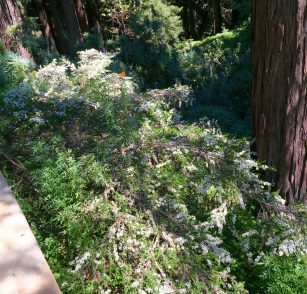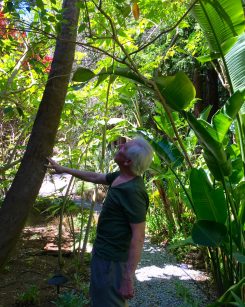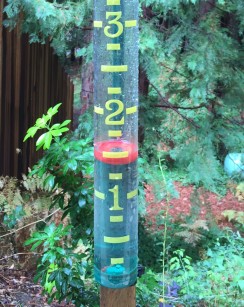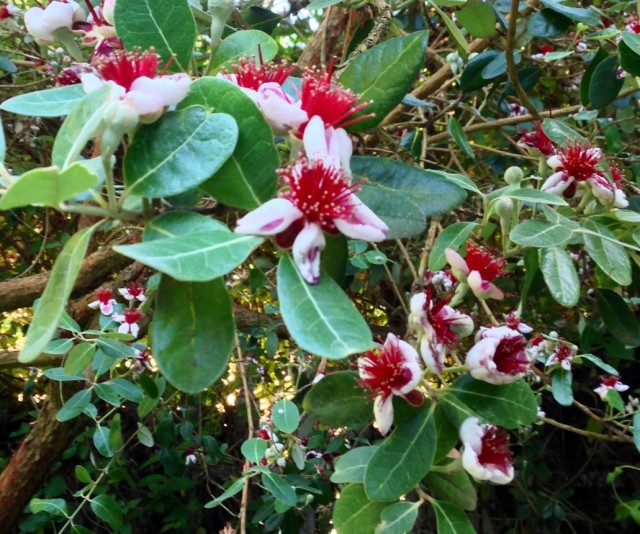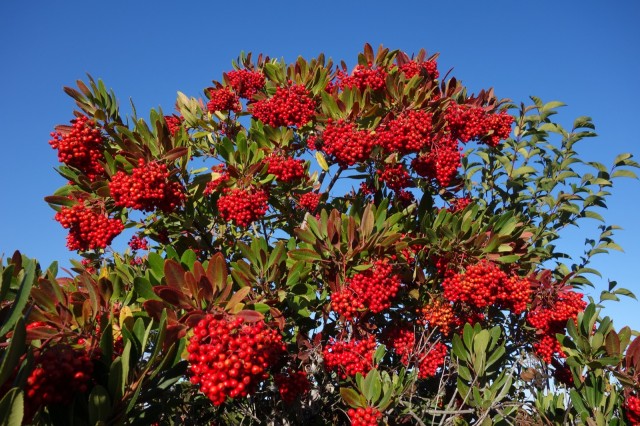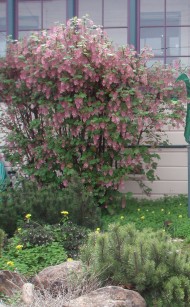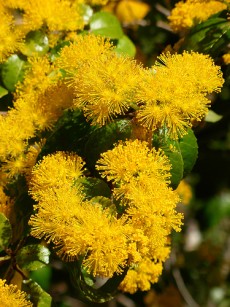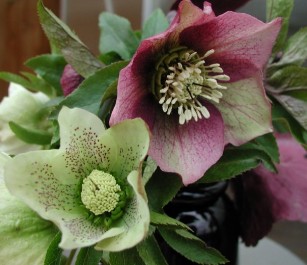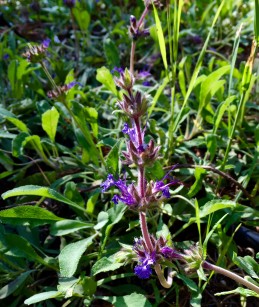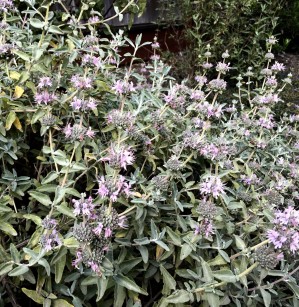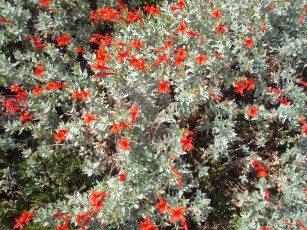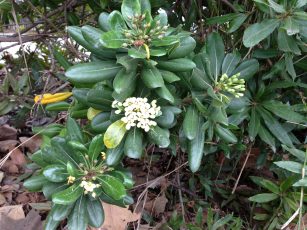
I remember walking with the main horticulturalist at Filoli Garden many years ago and hearing her extol the virtues of the established plantings that have survived drought and neglect with no pest problems for a very long time and are still growing beautifully in the garden. It?s not always the latest cultivars that have staying power. Some of the newer varieties are better but some are not as vigorous, some of those lovely variegated, striped or dark foliage plants revert over the years, some are prone to pests and diseases. Don?t overlook using been-around-for-ages workhorse plants in your garden.
Some of the survivors at Filoli Gardens over the years are California natives and others are just tough plants from other parts of the world. Take the common pittosporum you see in most every old garden. This plant makes a fine hedge, focal point or ground cover depending on the genus with a sweet fragrance in the spring while providing the bones or structure to your garden.
All of the various types of pittosporum are hardy in winter, grow in sun or shade and have low water needs. Pittosporum tobira flowers are scented like orange blossoms. Pittosporum eugenoides and tenuifolium – commonly grown as a hedge or small tree – have highly fragrant blossoms as does the ground cover ?Wheeler?s Dwarf?.
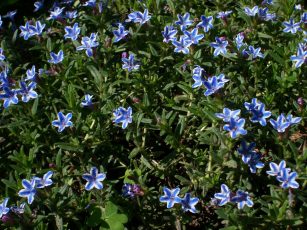
On a recent trip to the Gig Harbor, Washington area, lithodora ?Grace Ward? caught my attention in many gardens. With those electric blue flowers covering this ground cover it?s quite the show stopper. Lithodora is used more extensively than creeping rosemary in the Pacific Northwest as it can survive temps down to 0 degree or less. Growing with only moderate to occasional irrigation give this plant a try in your own garden.
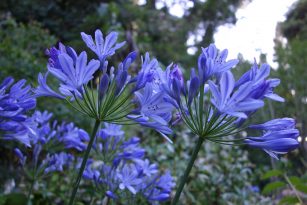
Next plant on my bring-back-the-old-favorites list is the lowly agapanthus or Lily of the Nile.? Sure you see it at every fast food restaurant and hotel you pass but the reason is that it grows and blooms so reliably with little care. This is one plant where the new cultivars are proving to be just a tough as the standard agapanthus africanus.
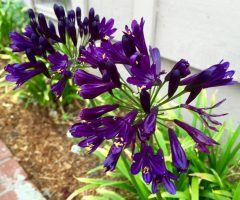
Agapanthus ?Storm Cloud? produces luxurious green foliage that tinges purple-red in the winter months. In summer large umbels of very deep blue flowers rise above the foliage on tall blackish stems. This variety takes a couple years to establish but blooms reliably from then on.
Two smaller types of agapanthus are ?Queen Anne?, a semi-dwarf variety and the dwarf ?Peter Pan?. Both are available with blue or white flowers. There is also a variegated dwarf called ?Tinkerbell? which grows well also. All agapanthus tolerate frost and neglect and require only moderate watering.
So in addition to all the ceanothus- a California native- that grow so reliably don?t overlook some of these other workhorses. There?s a reason these plants have been grown successfully for such a long time. Be sure you include these old favorites in your garden along with those new cultivars that you just have to try out.

